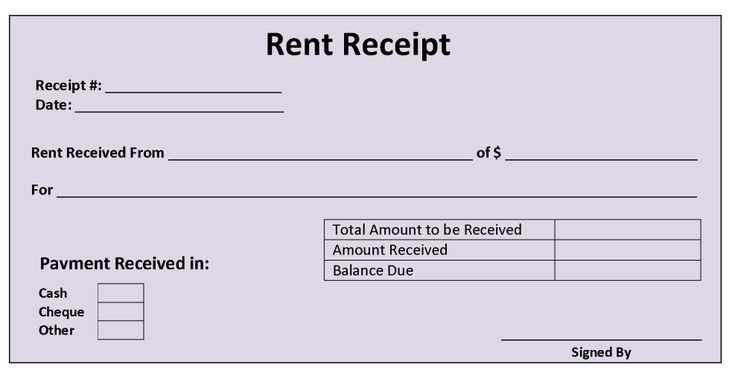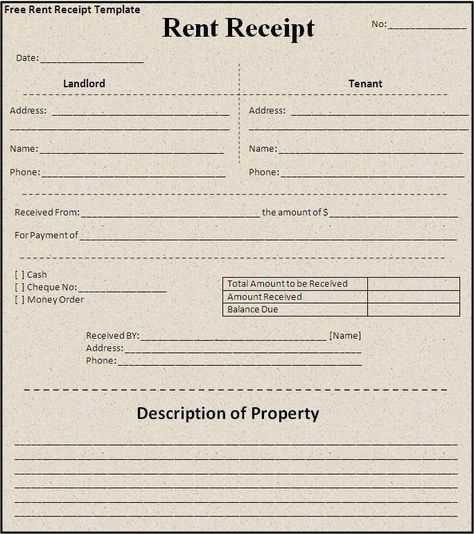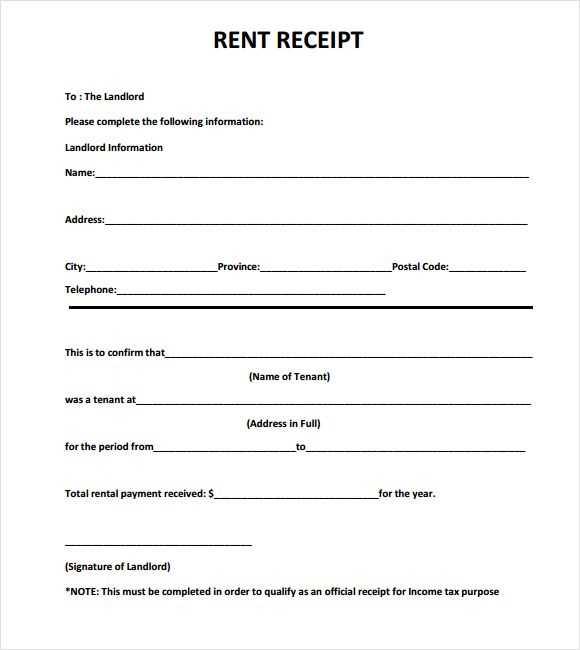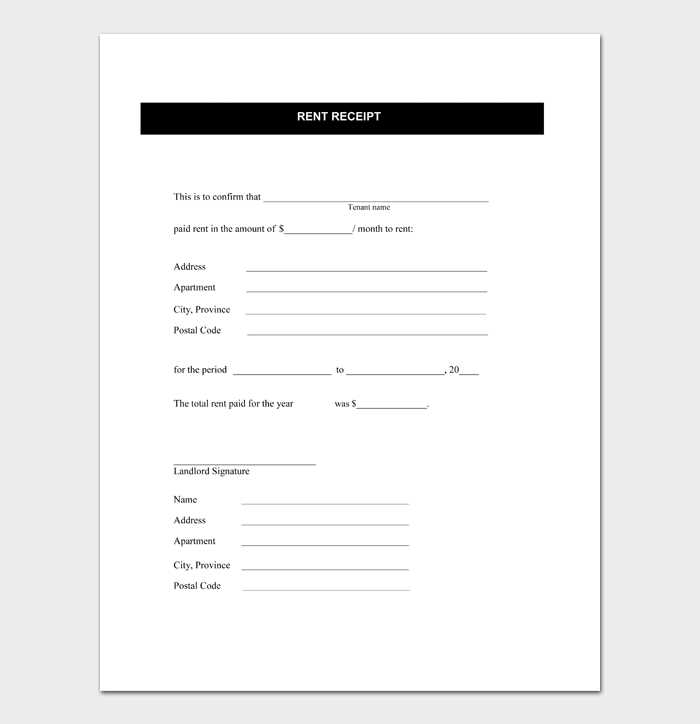
Creating a rental receipt book template ensures clarity and organization in documenting rental transactions. With a well-structured template, you can keep a record of payments made, dates, and the property being rented. This simple yet practical tool helps both landlords and tenants track agreements and prevent misunderstandings.

Start by including key details such as the tenant’s name, rental amount, and payment date on each receipt. A space for signatures from both parties will confirm that all terms have been acknowledged. Organizing receipts by rental period or unit number can help streamline your records, making them easy to access when needed.

Consider adding a section for notes to address specific terms like late fees, security deposits, or rent increases. This flexibility allows for customization based on the unique needs of each rental situation. By using a rental receipt book template, you create a consistent system that supports transparency and ensures both parties are on the same page.



